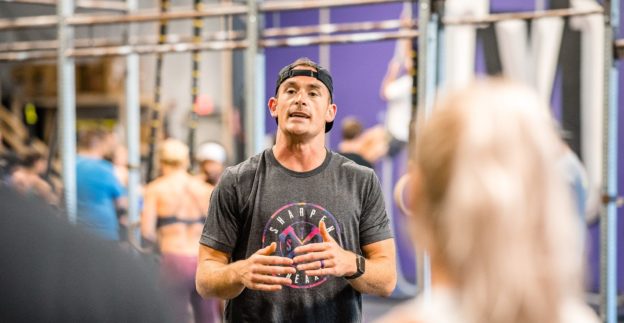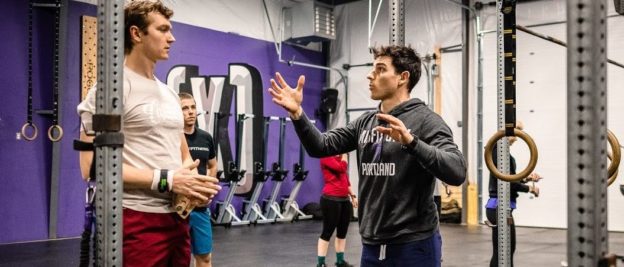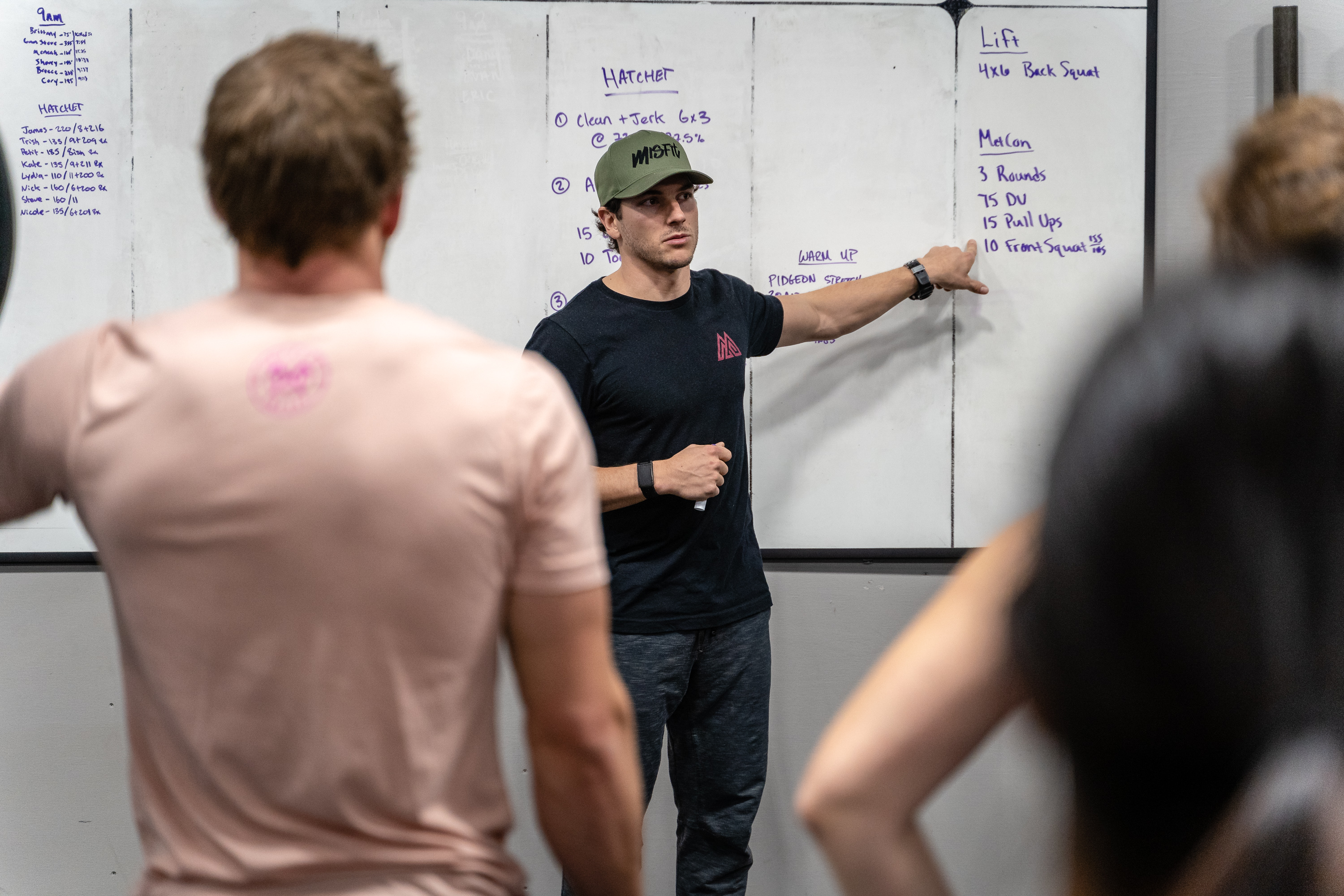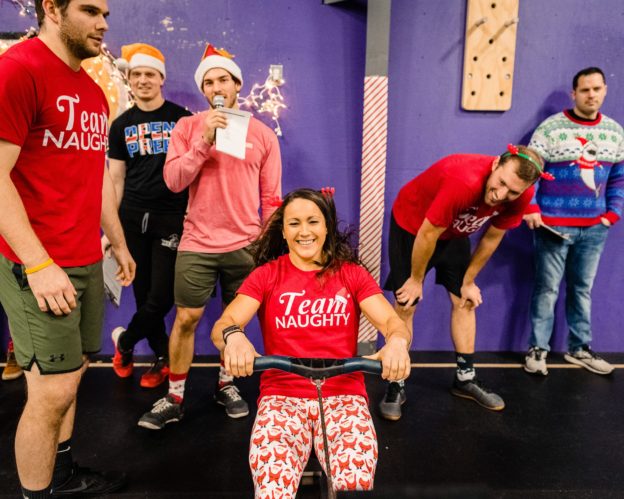
How to Fill a 1-hour Class with a 5-minute Workout

If your gym follows the one-workout-a-day, classic Crossfit style of programming, inevitably you will have to program the “short day”, where the workout could be as simple as a 1k row for time. A workout that should only take between 3 and 5 minutes for most athletes leaves between 57 and 55 minutes of class time to be filled, which, as an affiliate owner or coach charging a premium for your services, must be used. Having your members do a 10 minute warm-up, 5 minutes of set-up and pee breaks, and then execution of the workout does your members a disservice which will eventually lead to cherry-picking workouts or athletes asking for extra, unneeded volume. A full one-hour class with a warm up, skill development and technique work, execution of an extremely high-intensity workout, and cool down should be leave your members fully satisfied that they got their money’s worth with no desire to “hit a quick EMOM” after class.

Here is a sample lesson plan for a 1-hour class where the workout is solely:
For time,
Row 1,000 meters
0:00 – 2:00 – Whiteboard warm-up – welcome your athletes and discuss the warm-up and workout. If you can, lay out the daily lesson so athletes can see what they’re about to do. It will also make them realize they’re getting much more than a 3-5 minute workout.
2:00 – 12:00 – Warm up: 2 rounds of Run 400m, 20 lunge steps, 10 kettlebell swings. While athletes are warming up, neatly organize your rowers. This also gives you time to assess how many members are in your class and any logistical adjustments that will have to be made.
12:00 – 20:00 – Stretch/mobility. I’m a fan of 2 stretches for 2 minutes per side. For today’s workout, floss the hamstrings (https://www.youtube.com/watch?v=9rj5YOleets) and perform a banded overhead stretch to open up the lats and prep for pulling.
20:00 – 22:00 – Discuss proper rower set-up to include strap tightness and size, and damper setting and drag factor (e.g. rowing on a 10 does not equate to a “harder workout”, and a 10 on some rowers are different than a 10 on others).
22:00 – 32:00 – Rowing technique work. This is where you can either demonstrate yourself or ask another coach/athlete to demonstrate the proper mechanics of the rowing stroke while you explain the points of performance and common faults (e.g. improper timing of the return portion, and overuse of the quads, manifested through the lifting of the heels in the catch). Get athletes on their rowers and break down the whole stroke down piece by piece (legs, hips, arms, arms, hips, legs) to ensure proper timing at a low intensity.
32:00 – 42:00 – Skill application. Have your athletes pair off by size. For the next 10 minutes, each athlete will perform 10 perfect strokes on the rower and then switch with their partner while you observe and correct. Having athletes pair off has multiple benefits: seeing fewer athletes working at once makes correction easier, it allows members to correct each other and see faults on other athletes, it sneaks added rowing volume in without tiring athletes out completely, and serves as a specific warm-up. This is also valuable if you have a limited amount of equipment. Encourage athletes to increase their stroke rate and power if they demonstrate proficiency.
42:00 – 45:00 – Water break, final notes from the coach on the intended stimulus of the workout.
45:00 – 55:00 – Workout execution. Consider adjusting your timeline if you have more athletes than you have rowers.
55:00 – 60:00 – Cool down/stretch, record times, etc.

Getting creative and knowing your members is what will make the difference on these days. If you have an experienced class of proficient rowers, you may not need 10 minutes to discuss the finer points of rowing. What you could do, however, is make sure your members know the differences in the damper setting and the drag factor. If your athletes always row at a damper setting of 4, have them do the 10 strokes at a 10 to feel the difference. Then explain what the drag factor is and how to use it effectively.
Affiliates provide a premium service and therefore charge a premium fee. Athletes rightfully expect to get their money’s worth every time they come into your class, and it’s your responsibility to fulfill that expectation.
Written by Hunter Wood



Responses